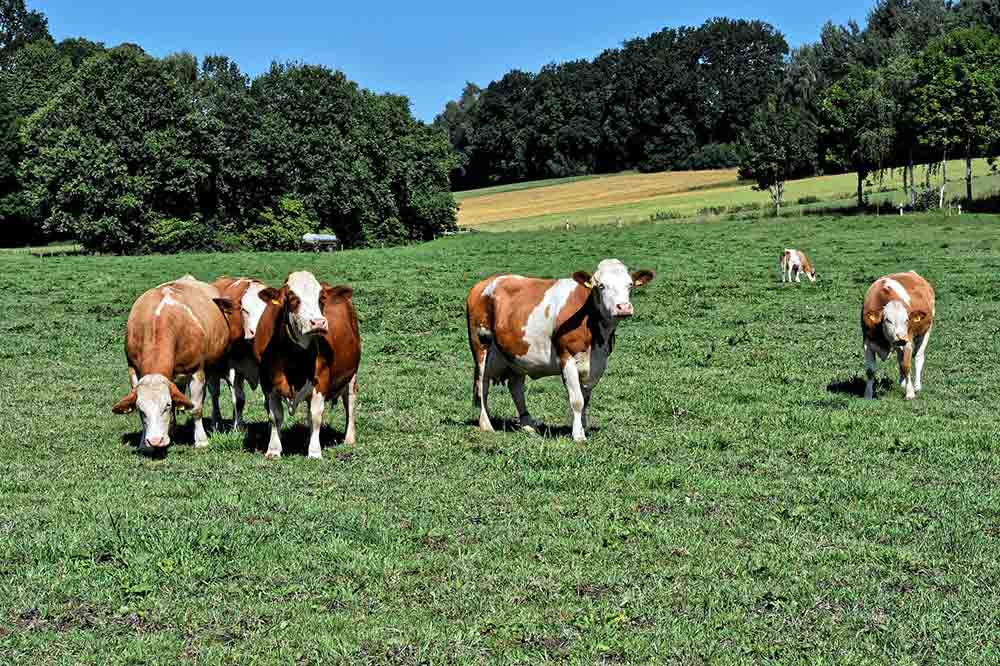
Is Grass Fed Meat Better For You?
In recent years there has been increasing evidence of the benefits of eating pasture-raised and grass-fed meat and dairy. These are not just limited to animal welfare and the environment, but also include health benefits for humans.
Studies show grass-fed meats are leaner and have lower total saturated fat content and calories than feedlot beef. Meat from grass-fed cattle also has higher levels of healthy fats – conjugated linoleic acid (CLA) and the omega-3 fatty acids ALA, EPA, and DHA.
However, the absolute levels of CLA and the omega-3 acids remain extremely low, in comparison to the high omega 3 content found in plant forms such as linseeds and hemp seeds or even seafood such as mackerel and sardines.
Milk and meat from grass-fed animals have been proven to have higher vitamin levels, particularly vitamins A and E. Some studies also show higher mineral levels including zinc, iron, phosphorus, sodium, and potassium.
To be eligible to use the ‘Certified Pasture fed‘ label, cattle must have had open access to graze pasture their entire life, have not been confined for the purposes of intensive feeding for production, be fully traceable for their entire life via the National Livestock Identification System and be guaranteed to eat well, based on Meat Standards Australia. Producers can also choose to be certified as being free from Hormone Growth Promotants (HGPs) and antibiotics. The use of HGPs and antibiotics in beef farming has been shown to contribute to the rise of antibiotic-resistant bacteria.
So when you start to think about your next BBQ, go down have a chat to your local butcher and find out what is certified pasture-fed, hormone free and antibiotic free. If you choose to eat red meat make it the best quality it can possible be. As Australians we have some of the best farmers and farming practices in the world, so let’s get behind them and keep the quality standard high.
